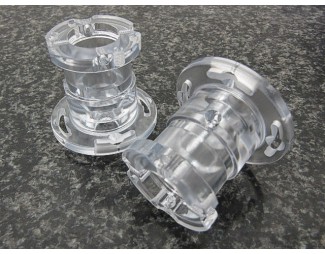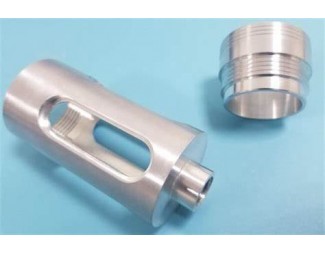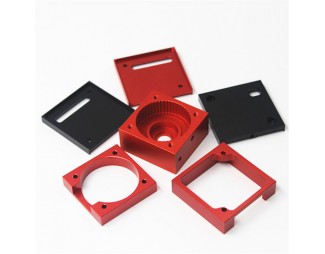Surface Finish Treatment Processes From China
Surface Finish Treatment Processes From China
CMF is the abbreviation of Color-Material-Finishing, which is a summary of color, material and surface treatment. That is, the organic combination of Color, Material, and Finish is a method that uses color, material, and craftsmanship as design elements in industrial design. Our commonly used product surface treatment processes include: spraying, PVD, electroplating, printing, laser engraving, engraving, PPVD stripping, electrophoresis, etching, sandblasting, etc. The purpose of surface treatment is to meet the corrosion resistance, wear resistance, decoration or other special functional requirements of the product.
1. Surface treatment process - spraying
Spray coating: A coating method that uses a spray tool such as a spray gun to atomize the paint and then spray it on the workpiece to be coated. Through a spray gun or disc atomizer, with the help of pressure or centrifugal force, it is dispersed into uniform and fine mist droplets and applied to the surface of the object to be coated.
2. Surface treatment process - PVD
PVD: Physical Vapor Deposition (Physical Vapor Deposition) refers to the use of low voltage and high current arc discharge technology under vacuum conditions. Gas discharge is used to evaporate the target material and ionize both the evaporated material and the gas. The accelerated effect of the electric field is used to deposit the evaporated material and its reaction products on the workpiece.
3. Surface treatment process - electroplating
Electroplating: allows plastics to obtain metallic-effect surfaces with higher yields and lower costs. Similar to PVD, PVD is a physical principle, and electroplating is chemical plating, which is mainly divided into vacuum electroplating and water electroplating.
4. Surface treatment process - printing
Printing: It is a process of printing the required pattern on the surface of plastic parts through pad printing, screen printing, transfer printing and other methods.
Pad printing: It is one of the special printing methods. Using a steel (or copper, thermoplastic) gravure plate and a curved pad printing head made of silicone rubber material, dip the ink on the gravure plate onto the surface of the pad printing head, and then press it on the surface of the desired object to print text, Patterns etc. The substrate is an irregular shaped surface (such as instruments, electrical parts, toys, etc.).
Screen printing: A primary printing method in stencil printing. The printing plate is mesh-shaped. During printing, the ink on the printing plate is squeezed by the squeegee and leaks from the through holes on the printing plate to the substrate. Usually wire mesh is made of nylon, polyester, silk or metal mesh.
Water transfer printing: It is a kind of printing that uses water pressure to hydrolyze polymers on transfer paper/plastic film with colored patterns. The process includes the production of water transfer decals, soaking decals, pattern transfer, drying and finished product.
Thermal transfer printing: The principle is to use a printer to print a digital pattern on special transfer paper with special transfer ink, and then use a special transfer machine to accurately transfer the pattern to the surface of the product under high temperature and high pressure to complete the product. Print. Widely used in electrical appliances, daily necessities, building materials and decoration, etc.
Hot stamping: Also known as hot stamping, it is a special extended application of thermal transfer printing. The metal printing plate is heated, and the tin foil is placed on the printed matter to emboss golden text or patterns. It uses the principle of hot pressure transfer to transfer the aluminum layer in anodized aluminum to the surface of the substrate to form a special metallic effect. The biggest difference between hot stamping and conventional heat transfer printing is hot stamping foil. Hot stamping foil has an extra electrochemical aluminum (aluminum plating) process than transfer film, so the appearance of hot stamping products has a strong metallic texture. Hot stamping is widely used in packaging, paper products, cosmetics, stationery and toy industries.
5. Surface treatment process - laser engraving
Laser engraving: Also called laser engraving or laser marking, it is a surface treatment process that uses optical principles. A laser beam is used to carve a permanent mark on the surface of a material or inside a transparent material. Compared with traditional mechanical engraving, chemical etching, screen printing, ink printing and other methods, laser engraving technology has outstanding features such as low operating cost, high flexibility, precise control, easy operation, and permanent marking.
6. Surface treatment process-bite flower
Biting: It uses chemical penetration to create various patterns on the surface of metal products, such as stripes, images, wood grains, leather grains, satin, etc. It also includes sandblasting procedures, which is to spray glass sand directly onto the metal. surface of the product.
7. Surface treatment process - PPVD stripping
After vacuum evaporation coating, film exposure is used to protect the portion of the coating that needs to be retained, and then a deplating solution is used to remove part of the coating. The remaining coating will form different coating patterns. This process is generally used for large flat battery covers.
8. Surface treatment process - electrophoresis
Electrophoresis: The movement of charged particles toward their typically opposite electrodes under the influence of an electric field is called electrophoresis.
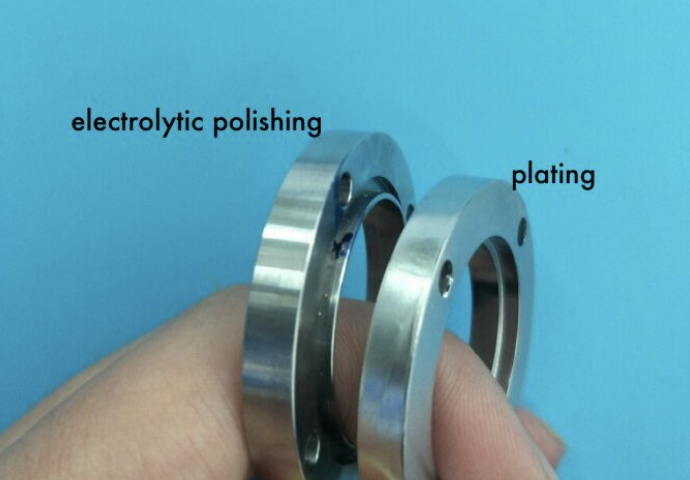
9. Surface treatment process - etching
Etching: A technique that removes material using a chemical reaction or physical impact. Usually, etching is also called photochemical etching. It refers to removing the protective film from the area to be etched through exposure plate making and development. During etching, it is exposed to chemical solutions to achieve the effect of dissolving corrosion and forming concave and convex or hollow molding effects.
10. Surface treatment process - sandblasting
Sand blasting: uses compressed air as power to form a high-speed jet beam to spray the spray material (copper ore, quartz sand, emery, iron sand, sea sand) at high speed onto the surface of the workpiece that needs to be treated, so that the outer surface of the workpiece surface becomes more beautiful. or change in shape. Due to the impact and cutting effect of the abrasive on the surface of the workpiece, the surface of the workpiece obtains a certain degree of cleanliness and different roughness, which improves the mechanical properties of the surface of the workpiece, thus improving the fatigue resistance of the workpiece and increasing its and coating The adhesion between them extends the durability of the paint film and is also beneficial to the leveling and decoration of the paint.
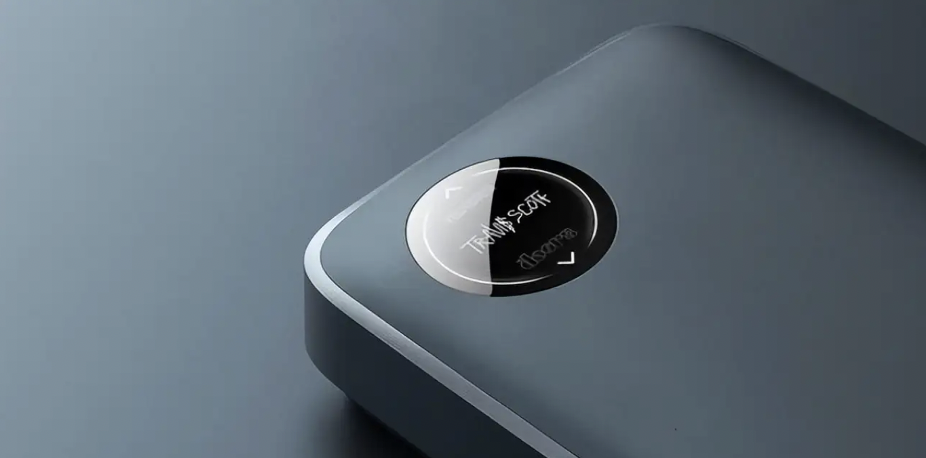
If you have some parts to make, please feel free to contact us via enquiry@abcrapid.com to get fee quote.
Search
Recent Post







